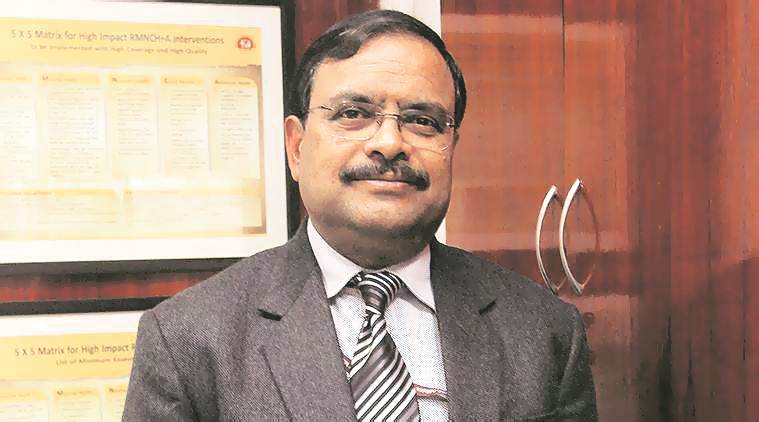 C K Mishra, Chairman, empowered group on availability of hospitals, isolation and quarantine facilities. (File Photo)
C K Mishra, Chairman, empowered group on availability of hospitals, isolation and quarantine facilities. (File Photo)
C K Mishra, Secretary for Ministry of Environment, Forest and Climate Change, and chairman of the empowered group on availability of hospitals, isolation and quarantine facilities, speaks to The Indian Express on how India ramped up its testing capacity and the need to facilitate the return of the elderly to a normal life.
How did we ramp up testing like we did?
Testing was a challenge because the organisations involved were not best used to it. They were largely involved in research work… We decided to broaden the base, kept on expanding the definition of the person to be tested by revising the protocol. We now had a larger pool to test. Second, you need a laboratory. You cannot construct one overnight so we pooled resources — all medical colleges, DST, DBT, CSIR, central universities. We converted research labs into testing labs. Then we opened up the private sector. We have above 600 labs now. At that point, nobody would have thought we could get to this number.
Without getting into the math, the fact remains that the private sector contributed at a critical time. Because of this convergence, we managed one lakh tests per day…
Are there concerns on this?
The eastern part of India still has constraints to testing and the needs are increasing. Therefore, we are looking at newer ways to provide additional support to states like Bihar, UP, West Bengal and Odisha. The problem is that there is a certain technical requirement for a molecular diagnostic lab to be set up and the normal choice is a medical college because it has the trained manpower required for this. There are districts in these states where this is an issue. We are, therefore, making Trunaat machines available in these areas and activating medical colleges and private laboratories…
In the diabetes capital of the world, how long are we going to keep old people at home?
Vulnerability is the most critical thing in this entire exercise. If you are looking from the fatality point of view, to keep the mortality down, you have to protect the segment most vulnerable. That takes us to the old and the comorbid. They are most likely to get seriously infected and likely to be heavily dependent on hospitals. Therefore, the current advisory is to stay home. This cannot go on forever. Ultimately, the diabetic patient is working somewhere, we have to medically find a solution or a safety protocol for him to start living a normal life. If we don’t find a solution soon, the fact that they are cornered in a room in the house is going to tell on their health.
We seem to be on a significant growth trajectory now when we are trying to open up. Was the lockdown successful?
The lockdown did three things — it gave the government and people time to prepare for the long haul, cut down the rate of transmission and slowed the infection. We managed to avert deaths in the process.
Would it have been easier to take migrants home in March when cases were less?
In hindsight, these may look like good solutions. But at any particular point of time, policy is guided by ground-level situations and a desire to do the best at that point, and I guess that was the guiding principle.
Is there a plan to deal with the consequences of disruption in routine health services?
Yes that is very critical and there needs to be a cogent plan in place because in the effort to overemphasise Covid, regular medical facilities, particularly relating to dialysis, chemotherapy, blood transfusion, child delivery etc took somewhat of a backseat. Many clinics could not operate. Now, clear instructions have been issued in this regard…
What is the way forward?
The time has come when we are seeing a regular increase in numbers. India has been singularly fortunate that we have not had a mortality rate that can be considered high compared to others. All our concentration should now be on preventing deaths and allowing people to learn to live with this infection because it is not a short-term problem… As long as we are able to prevent deaths, reduce hospitalisation and cure patients, we should think we have a fairly good policy in place.